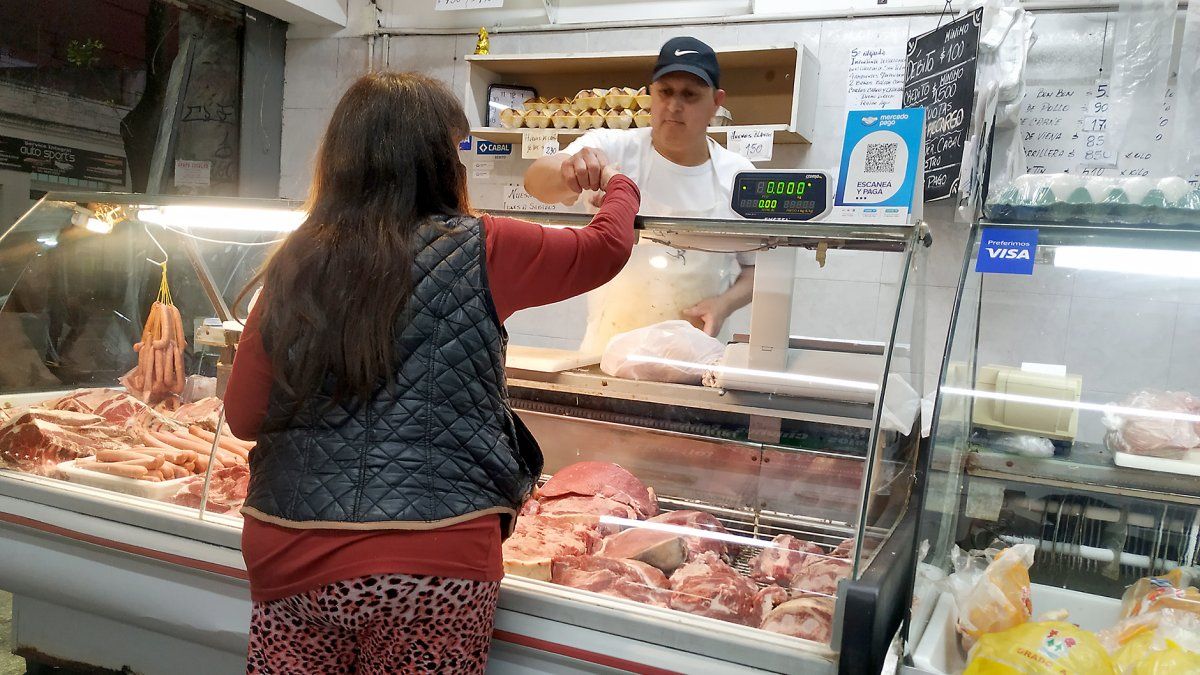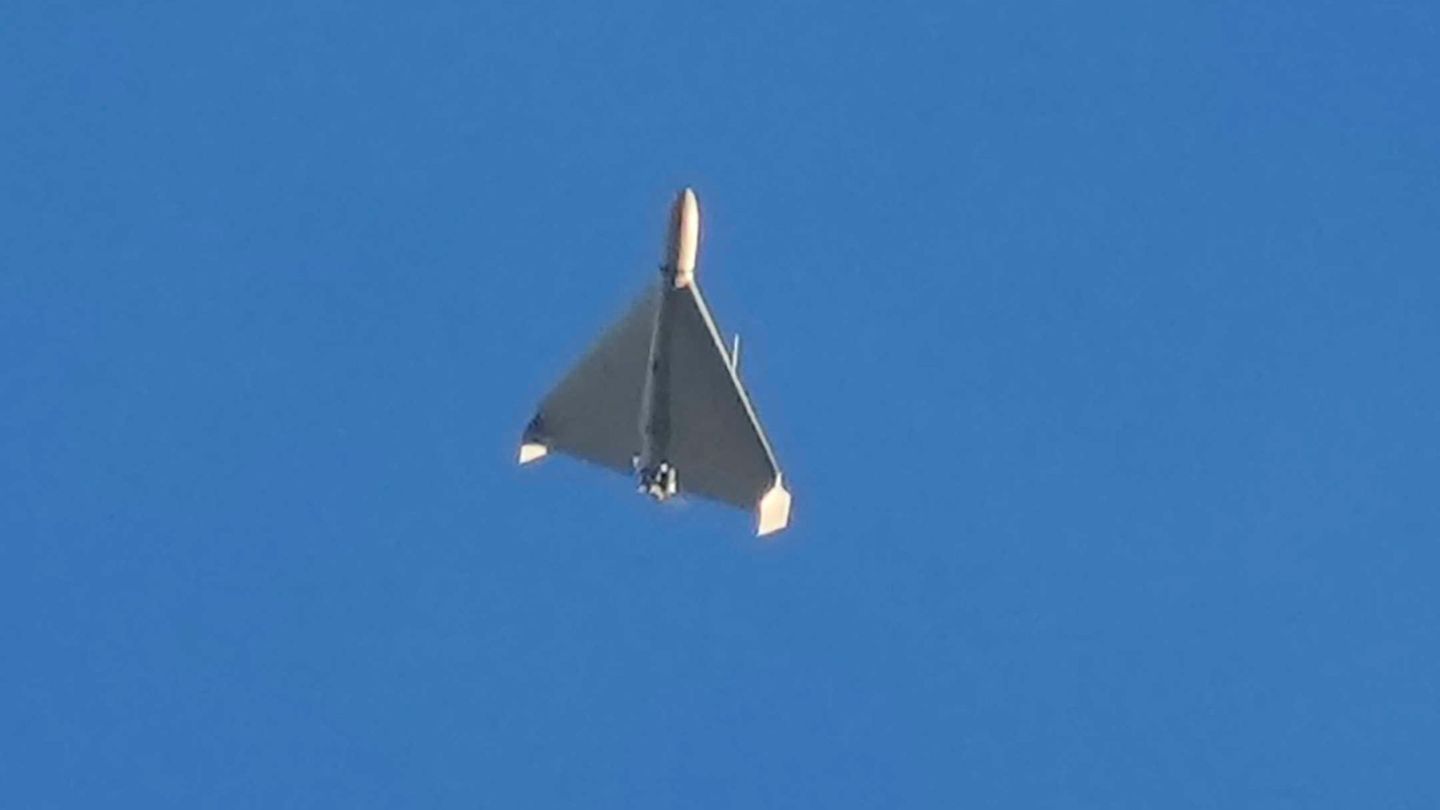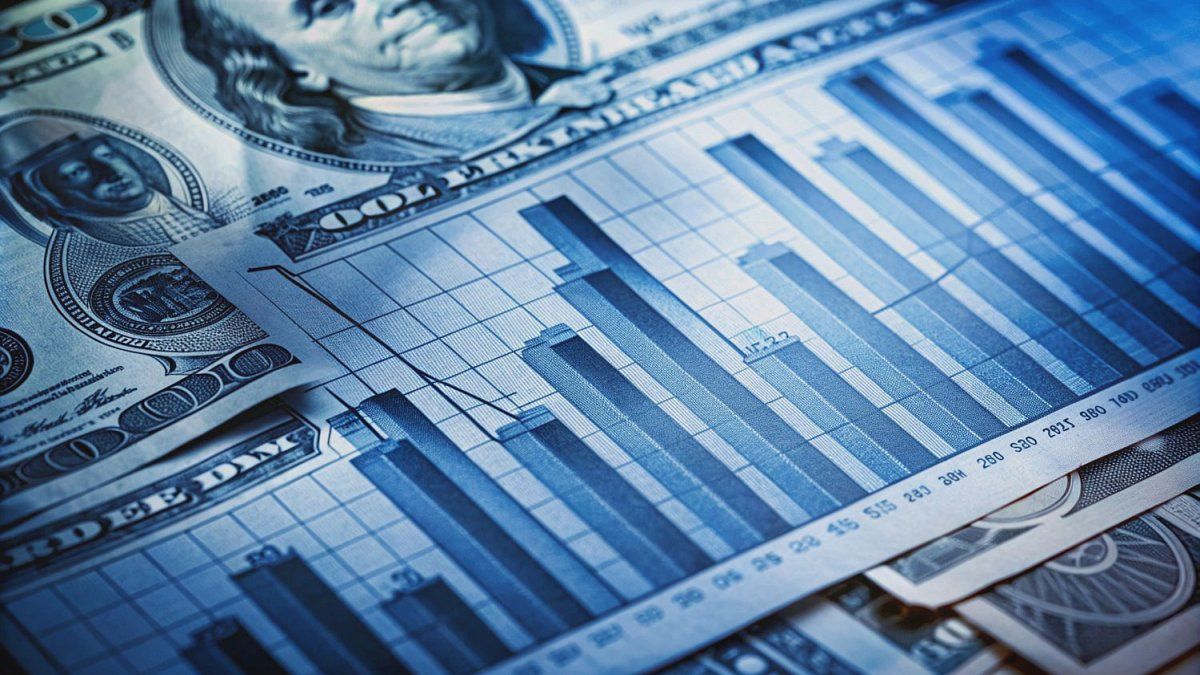The inflation June decelerated to 6% monthly and was below what the market expected. Beyond the seasonal aspect and a lower increase in regulated items, one of the factors that contributed to a lower rise in the CPI was the moderation of the item “food”. And, within this division, the meat played a leading role.
With a strong incidence within the basket, beef cuts have been growing in recent months below the general price index. A fact that removes pressure and that, according to some estimates, could be repeated in the coming months.
For example, when analyzing the evolution of inflation in June, from C&T they maintained that the difference between the official data and the previous projections of different consultancies, “It was in the food and beverages category, which slowed down to 4.1% according to INDEC, and was even stronger in the GBA (increased 3.6%).” “The slowdown in meat prices was much stronger for the INDEC, which registered a 1.7% rise in the GBA. For its part, according to INDEC, fruit fell more than 4% in June, something that the other surveys did not capture,” the firm explained.
For their part, from CEPA they remarked that “the moderation in meat prices allowed, in part, to appease the increases of the month.” Meanwhile, from LCG they pointed out that the lower rise in food “is explained by a fall in Fruits and Vegetables (3% and 5.9% monthly, respectively) both with a high incidence of seasonal products”, while “Meat exhibited a rise minor (+0.9 m/m)”.
Thus, the gap between the value of meat and general inflation widened in June. By case, According to data published by the Institute for the Promotion of Argentine Beef (IPCVA), last month the average price increased by 1.5%, while the year-on-year increase stood at 71.3%.: considerably below the 115.6% presented by the interannual variation of the CPI.
Although they also run below the retail price level, chicken and pork increased more than beef cuts: according to the Ipcva, pork rose 96.2% year-on-year and chicken 100.5%.
Analysis
In this regard, a study by the IERAL of the Mediterranean Foundation addressed the impact that the price of meat has on general inflation: “It is known that the phenomenon of inflation is macroeconomic in nature, that it appears and is sustained over time when the economic policy is complacent and the government exceeds the use of seigniorage power (issuance of money). Now, in the monthly dynamics, the rate at which prices grow in an economy can be affected (in one direction or another) by microeconomic issues, such as the imbalance between supply and demand in the market for a relevant product (in terms of household spending) or a rate review in a market subject to regulation by the government itself (in the case of many services)”.
In this context, the study remarked that “Bovine meat is one of the products that is contributing the most to lowering inflation, unlike what happened at the beginning of the year, when its contribution went in the opposite direction”. “In the last two months, the internal price of meat has grown by less than 2% per month. Behind this phenomenon is a strong growth in meat production (which accumulated 10% in the first semester), which has a lot to do with the drought, the lack of pasture, financial problems and the need of many producers to get rid of animals (significant increase in the rate of extraction of females) and shorten fattening periods through intensive systems. There is also a firm external demand in volumes, but with a much lower ability to pay than last year”, they remarked.
In any case, this reality could change in the medium term. “The levels of confinement and the replacement rates in feedlots guarantee a significant influx of animals for the coming months. Therefore, an eventual recomposition of prices (of a certain magnitude) could only arrive towards the end of spring or during the summer, when the corrals begin to empty and internal demand strengthens due to seasonal factors,” they concluded from IERAL.
Along the same lines, from the sector they affirmed to Ámbito that it is probable that, towards the end of September or October, a strong increase in the price of meat will be reflected, which may be “around 40% of the current nominal value”.
Source: Ambito




